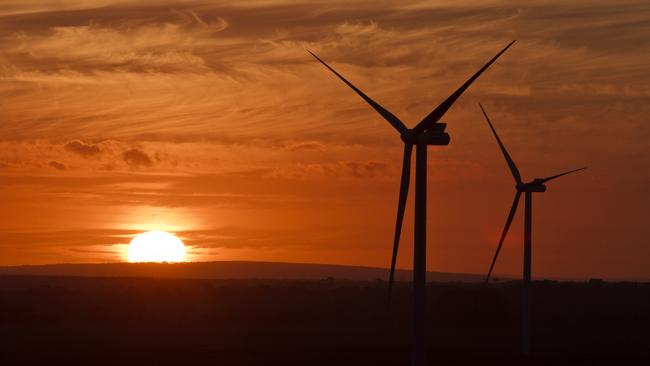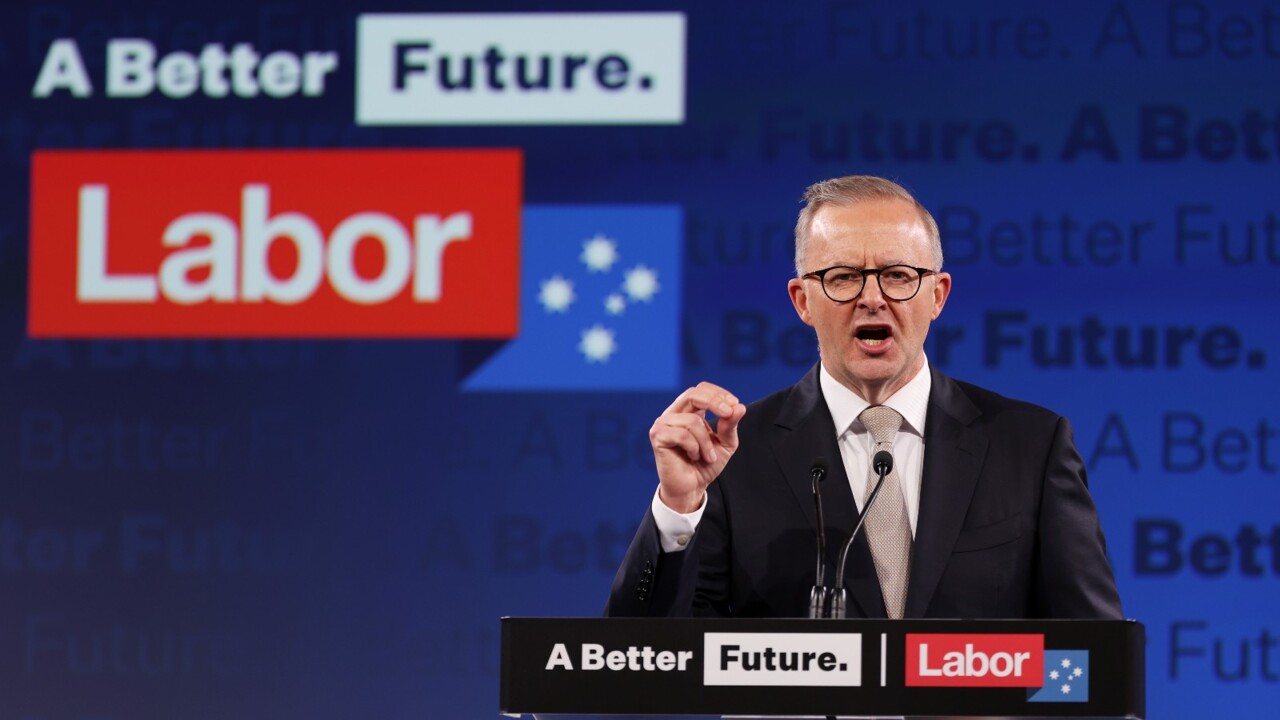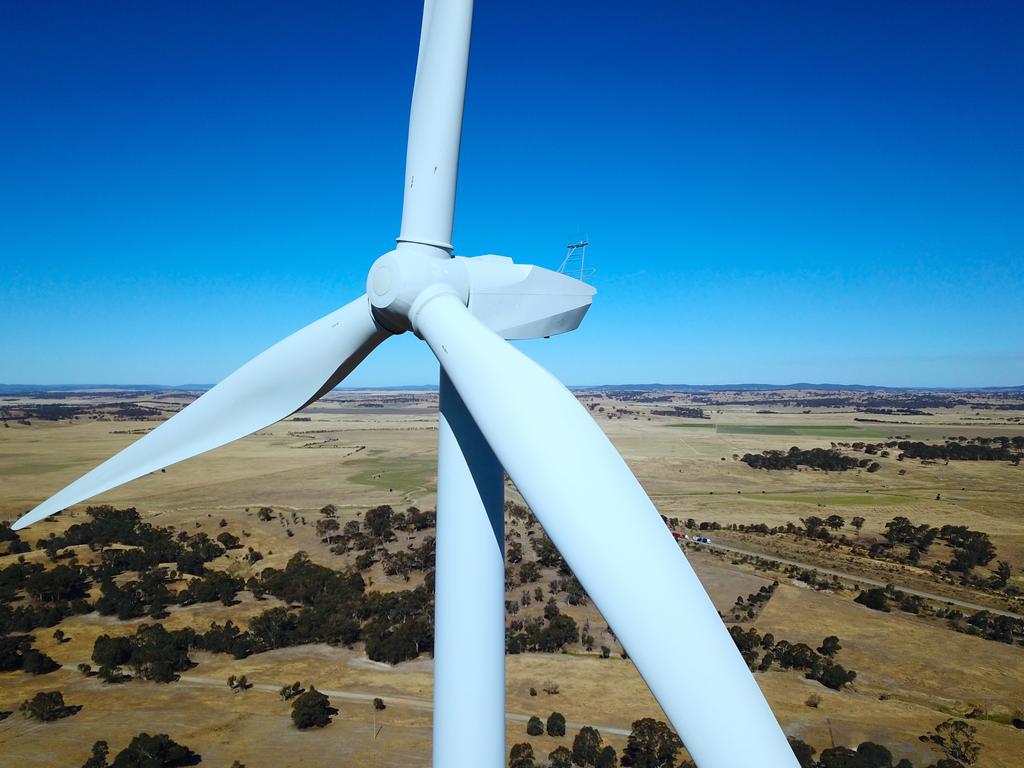
Even before the election there were signs the coming three years would be a difficult time for any government. The combination of higher prices for petrol, electricity and food and escalating mortgage rates means many households will find their budgets squeezed.
The challenges for the Labor government are extensive and weighty. The national electricity market is under considerable stress, but government actions are constrained by the election pledges made to reduce emissions by 43 per cent by 2030 and to increase the share of renewables in the system to 83 per cent. The expectation was that household power bills would be lower by $275 by 2025 and by nearly $400 by the end of the decade.
The government is under pressure from the Greens and the teals to lift its emissions reduction target but Labor is likely to resist. It was refreshing to see newly installed Resources Minister Madeleine King speaking sense about the need to repair coal-fired power stations quickly to provide reliable (and less costly) power.
Needless to say, this incensed Greens leader Adam Bandt. His solution to the problems in the NEM is to hasten the rollout of renewables, citing the example of electricity in the ACT as a success story of 100 per cent renewables.
Had he bothered to look more closely at the situation in the ACT, he might have been more circumspect. The ACT is the size of a handkerchief and has a population of just more than 400,000. No large-scale electricity is generated there; the ACT is effectively part of the NSW system.

The boast that 100 per cent of electricity used in the ACT is from renewables is a mirage. It is based on the contracts-for-differences the ACT government has entered into with renewable energy providers that, in theory, cover the needs of the territory. The reality is the electricity used in the ACT is sourced from the grid and these electrons are a melange of coal, gas, hydro and renewable sources. ACT residents have paid a high price for this because providers are compensated when wholesale electricity prices are higher than the contract strike price. For most of the past decade retail electricity prices in the ACT have been relatively high.
Last year, however, there was a period when wholesale prices were lower than the strike price, which has enabled the regulated electricity price to be reduced by a small amount – a little more than 1 per cent or an average of $23 a household across the year. Looking into the near future, however, these contracts will require a great deal of compensation to the providers and electricity prices in the ACT will jump.

When it comes to the NEM, the most obvious medium-term solution is to create a capacity/standby mechanism to ensure reliability in a system with a high proportion of weather-dependent renewable energy. The Coalition government had been inching towards this solution, but bear in mind that the NEM is owned and essentially controlled by five states and one territory.
These sorts of mechanisms are common overseas, including in some parts of the US as well as in Britain. Their principal aim is to pay providers to be available to generate electricity to cover gaps when supply falls short of demand. The costs of these markets are transferred to users but 24/7 reliability is a necessary feature of a First World electricity system.
The design features of these markets are critical. The British one uses annual contracts that reduce the incentives for providers to invest in standby capacity. Longer-duration contracts are preferable. The specification of the energy sources of these standby facilities is also important.
Some of our states have arced up about including coal-fired (and even gas) generation in the capacity market, which limits the options. The likelihood, given the strains on the system, is that these states will have to compromise. (It is nonsense for renewables to be listed in a capacity mechanism.)
We witnessed a practical example of the impact of the absence of a capacity mechanism in Texas more than a year ago. The combination of an extremely cold weather snap, an electricity system too dependent on wind generation and poor interconnection with the other states led to widespread blackouts and rapidly escalating prices. With some gas generators unable to be brought into operation through lack of gas, the result was a short-term catastrophe for the state.
The absence of any capacity market was based on the belief by the key regulators that intermittent spiking prices would create enough incentives for providers to gear up to cash in on the high prices by gap filling. The reality is these opportunities were too uncertain for providers to make the required investment.

It is also worth examining the potential impact of Labor’s proposed Rewiring the Nation program in which a $20bn off-budget fund will be created to subsidise the construction of a tapestry of transmission lines to link renewable energy projects to the grid.
The claim is the availability of cheap renewable energy is being thwarted because the regulatory process of approval is bogged down and there has been insufficient investment in transmission lines to the sites that could provide cheap electricity, albeit intermittently. Bear in mind that a regulated asset – one approved by the regulator – means the owner of the transmission line is guaranteed a rate of return, with costs passed on to all consumers.
But here’s the problem – if a renewable project (or set of projects) produces power only 20 or 30 per cent of the time (the sun has a nasty habit of setting), then the attached transmission line will similarly bear that inefficiency even though the costs are the same as a line with a high usage. In other words, there is a potential for prices to be driven higher because of this policy.
Renewable energy zones partly offset this problem, although the degree of homogeneity in the generation of electricity – the wind blowing at the same time, for instance – means that connecting transmission lines will still often carry low loads.
The bottom line is we are a long way from the affordable and reliable electricity system we had when the NEM was created at the start of the century. Electricity prices have risen in real terms over the past decade and a half and are now high by international standards, although there are other countries with high prices too, including Germany and Britain. With the engineers sidelined, many ill-considered decisions have led us to this predicament. It won’t be easy to fix.







